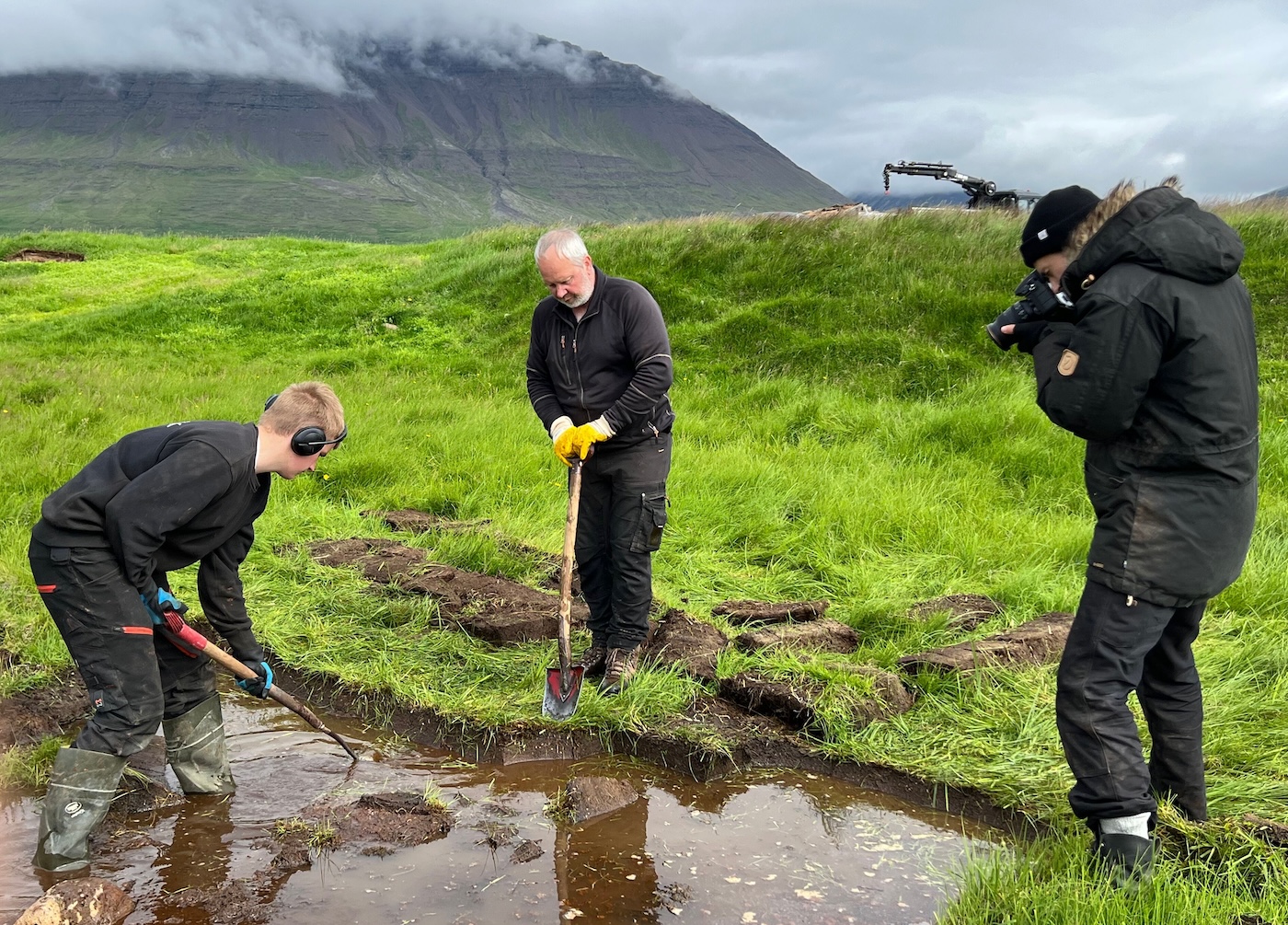Before participating in Willamette's archaeology department in 2015, Alex Casteel BA'17 had explored ancient ruins across the globe. Captivated by his experiences working at Willamette’s archaeological site at the Ness of Brodgar on Scotland's Orkney Island, he shifted his research interests away from the mountains and valleys of South America to focus on the far north. This journey that began at Willamette could now influence the future of sustainable architecture.
“The excavation at Ness of Brodgar with Professor of Environmental Science and Archaeology Scott Pike shaped the direction of my research, without a doubt,” he shares. “Working in the North Atlantic absolutely laid the foundation for the dissertation research that I'm now doing. Without that kind of introduction into that region, it’s hard to imagine my trajectory would be the same.”
After graduating from Willamette in 2017, Casteel went on to earn a Master of Philosophy in Viking and Medieval Norse Studies through a joint program at the University of Iceland and University of Oslo after completing his Willamette degree in 2017. He is currently a PhD candidate in Nordic archaeology at UCLA’s prestigious Cotsen Institute of Archaeology, where he’s researching medieval Icelandic turf architecture, a technology that has been largely ignored in previous studies, but could offer lessons for contemporary sustainable construction.

The structures are made of wood and rock foundations, which are then filled with cut blocks of turf — a term for mud and soil filled with grasses and roots that are dried into building material. These buildings were used throughout the medieval North Atlantic for their insulating properties and may help contemporary builders create more effective and sustainable structures.

“Turf is a vernacular architectural tradition that still survives in Iceland, with most Icelanders still living in turf buildings until the decades around 1900,” Casteel explains. “Turf houses are sustainable because turf is a regenerative resource. Part of my research is figuring out how easy it is to access the best quality turf.”
This summer, Casteel completed his long-term fieldwork project in the northeastern region of Iceland, funded by the Leifur Eiríksson Foundation. Back home, Casteel is integrating 3D technology into his research, which he calls the Digital Turf Project.
Does Casteel think people should return to Viking longhouses and begin building turf structures in the name of sustainability? In short, no. “However, there are some contemporary buildings in Reykjavík designed by modern architects that integrate turf’s effective insulation properties. We could use it outside of concrete and steel architecture. It’s perfect for Iceland’s climate and has advantages over modern insulation.”
Casteel credits Willamette’s interdisciplinary approach and hands-on research opportunities for his success. His experience working with engaging faculty like Professor of History Wendy Petersen-Boring and Professor of Classical Studies Mary Bachvarova, and participation in the the Archaeology Club and the Center for Ancient Studies and Archaeology, prepared him for the rigorous writing required for his current project and laid the groundwork for his current achievements.
As climate concerns drive the search for sustainable business practices, Casteel’s research bridges ancient wisdom with modern innovation.



